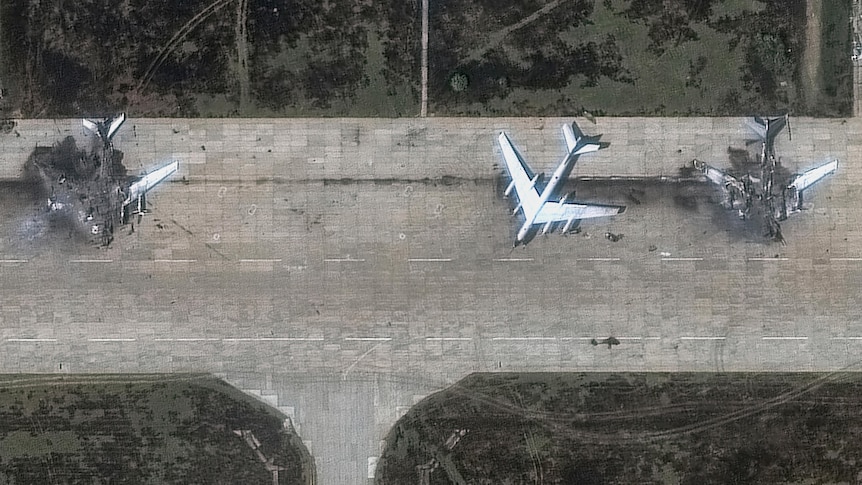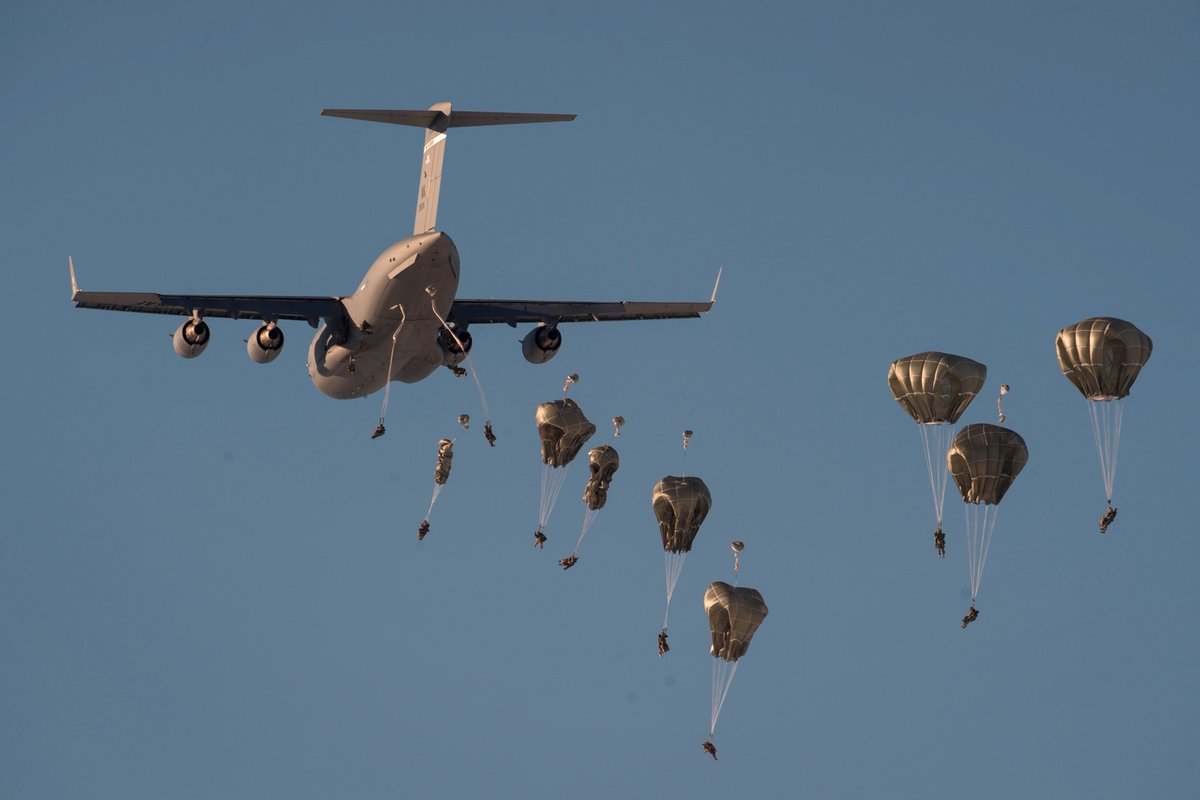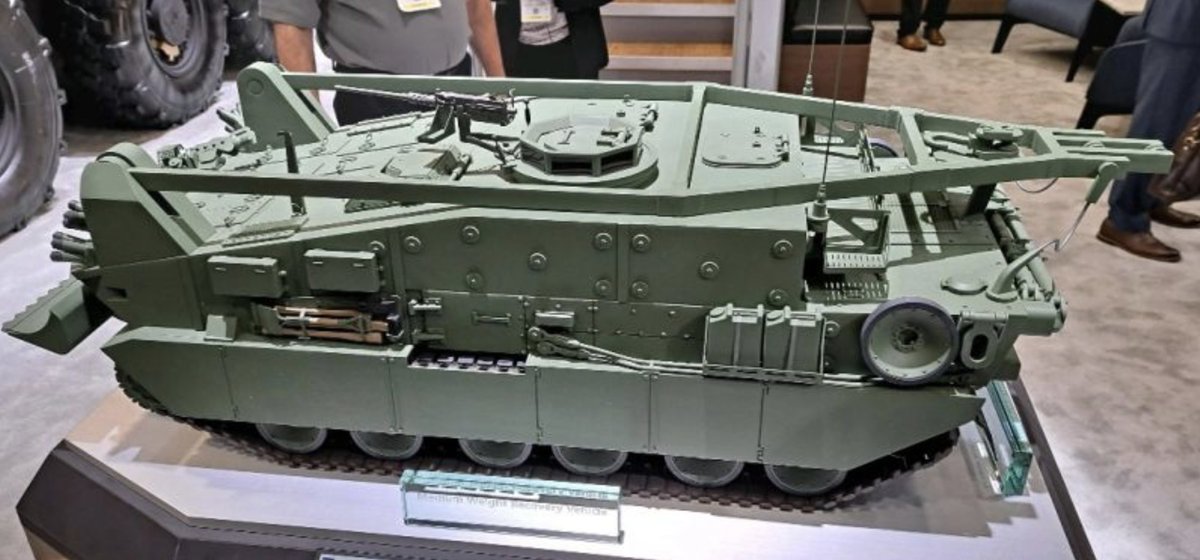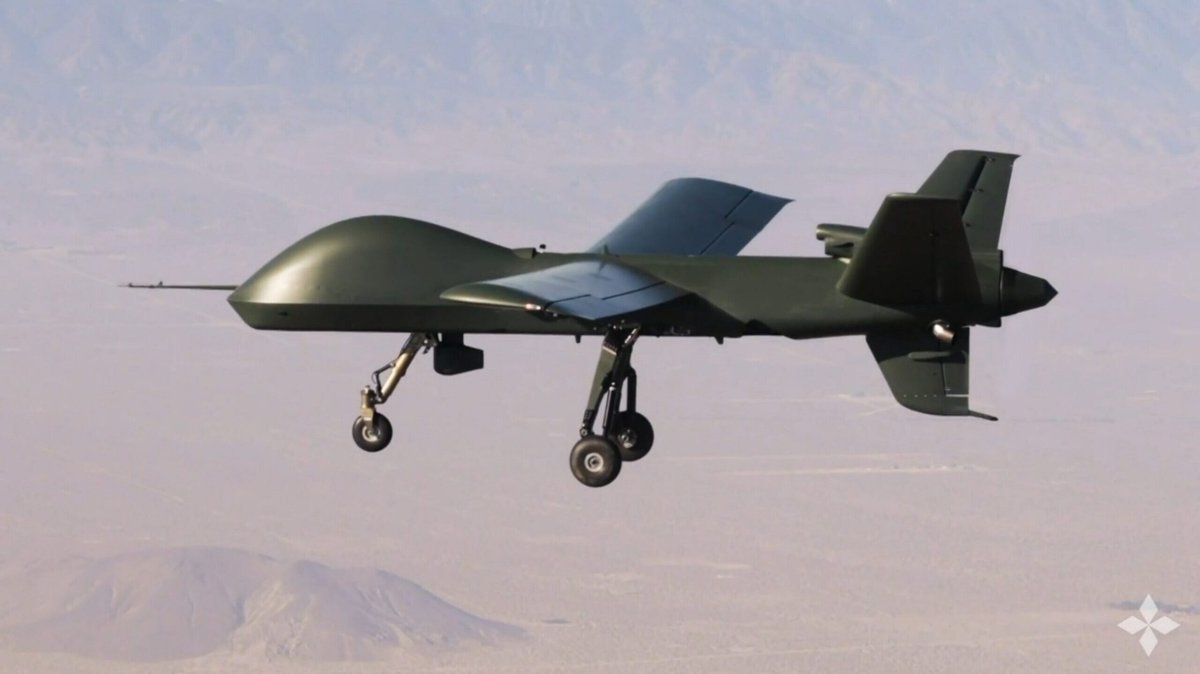In an industry briefing for its re-booted Next Generation Optionally Manned Combat Vehicle solicitiation, the US Army has told vendors the most important requirement for its future IFV is protection. The previous requirement for two OMFVs to fit in a C-17 has been relaxed. #OMFV 

Even though contenders can now offer vehicles in the 40+ tonne weight class, it seems unlikely that anyone will offer a heavy IFV like the Israeli 60-tonne Namer. This is because vehicles in this weight class are too difficult to deploy and support in an expeditionary scenario. 

The change in OMFV specifications will re-open the competition to BAE System's 5th generation CV90 (a big leap forward) and KMW's Puma, Rhenimetall's KF41 Lynx and Hanwha's AS21 Redback. 



Despite changes to the requirement, General Dynamic's OMFV contender, the Griffin III, remains in a strong position. With a 2+6 configuration, it has a small protected volume, which means it will maximise protection for any given weight. 

Griffin III, Puma and CV90 Mk IV may have an advantage over AS21 Redback and KF41 in that they will be better protected at a lower GVW. There is also the concern that putting 3+9 soldiers in a single vehicle may be too risky in terms of casualties if the vehicle is hit. 

However, Rheinmetall's KF41 Lynx and Hanwha's AS21 Redback certainly move the IFV game forward. Their larger protected volumes are spacious and practical. If they can provide their occupants with decent protection, these will be the IFVs to beat. 



While OMFV survivability is a priority, in terms of lethality, the vehicle will mount Northrop Grumman's new XM913 50 x 330 mm cannon. With a depleted uranium APFSDS penetrator, this is expected to penetrate 200-220 mm of RHA at 1,500 metres. 



• • •
Missing some Tweet in this thread? You can try to
force a refresh





















